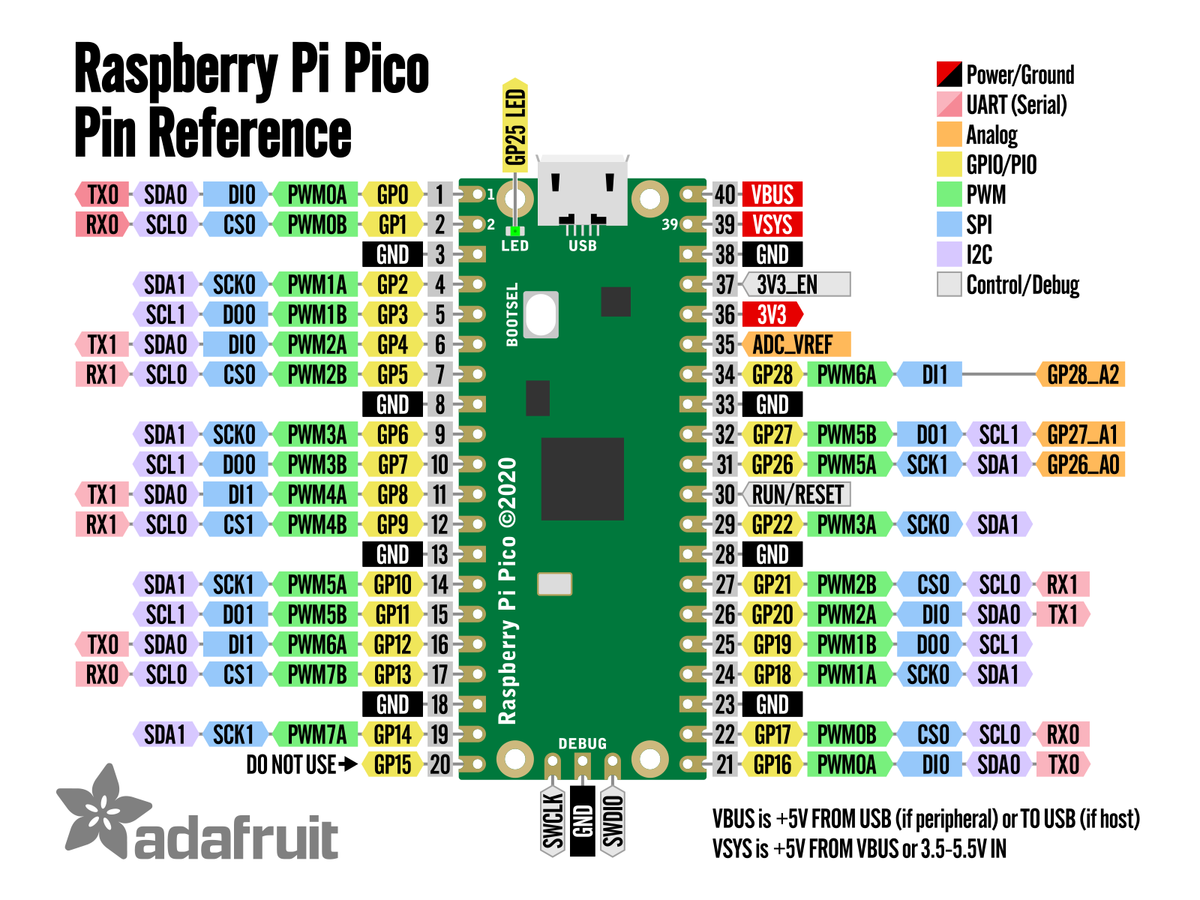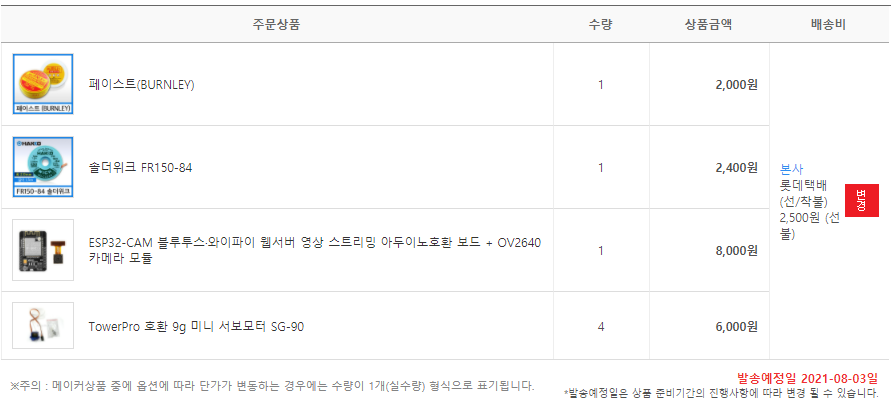DSI가 720p 정도가 한계라고 차라리 HDMI to CSI 칩을 쓰라는 이야기가 나올 정도로
그리 희망적이진 못한 내용..
DSI / CSI가 있으니까 다른 장치의 영상을 받아서 전송하여
bmc(baseboard management controller) 처럼 쓸 수 있지 않을까 조금 희망을 가졌건만..
근데 어짜피 fb를 gstreamer로 전송하면 되니 의미없나?
[링크 : https://www.raspberrypi.org/forums/viewtopic.php?t=230690]
'embeded > raspberry pi' 카테고리의 다른 글
| raspberry pi ubuntu 20.04 64bit server (0) | 2021.08.23 |
|---|---|
| 라즈베리 파이 3B+ 겟! (2) | 2021.08.22 |
| 라즈베리 파이 2 USB 부팅(SD 있어야 함) (0) | 2021.08.20 |
| rpi wiring pi pwm (0) | 2021.07.31 |
| 구매물품 도착, SG-90 부품 차이 (0) | 2021.07.30 |















